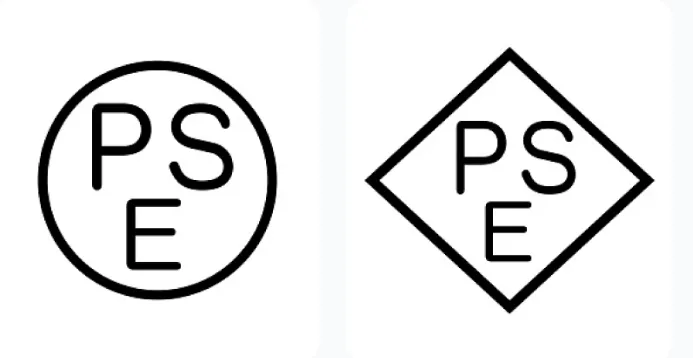
Is RoHS Only for Europe?
RoHS was originally established as a directive for the European market, but it has become an important requirement for global electronic product trade. Many countries and regions have adopted RoHS-like regULations, such as China RoHS and California RoHS. Although specific details (such as labeling requirements and exemption clauses) may differ, RoHS is not limited to Europe. It is a necessary condition for electronic products to enter many markets worldwide.
Core Content of a rohs report
A RoHS report usually contains the following key information:
① Basic product information: product name, model, manufacturer details, etc.
② Test results for restricted substances: listing concentrations (in ppm) of 10 hazardous substances, including Lead (Pb), Cadmium (Cd), Mercury (Hg), Hexavalent Chromium (Cr⁶⁺), Polybrominated Biphenyls (PBB), and Polybrominated Diphenyl Ethers (PBDE).
③ Testing methods: e.g., X-ray fluorescence spectroscopy (XRF), cheMICal testing, etc.
④ Testing organization details: name, accREDitation, and report number of the certified laboratory.
⑤ Compliance conclusion: a clear statement indicating whether the product meets RoHS requirements.
10 Hazardous Substances Restricted by RoHS 2.0 and Their Limits
① Lead (Pb) ≤ 0.1% (1000 ppm)
② Cadmium (Cd) ≤ 0.01% (100 ppm)
③ Mercury (Hg) ≤ 0.1% (1000 ppm)
④ Hexavalent Chromium (Cr⁶⁺) ≤ 0.1% (1000 ppm)
⑤ Polybrominated Biphenyls (PBB) ≤ 0.1% (1000 ppm)
⑥ Polybrominated Diphenyl Ethers (PBDE) ≤ 0.1% (1000 ppm)
⑦ Additional 4 phthalates (DEHP, BBP, DBP, DIBP) ≤ 0.1% (1000 ppm)
How to Obtain a RoHS Report
Enterprises can obtain RoHS Compliance documentation through the following ways:
1. Laboratory Testing
① Choose an accredited third-party testing organization (e.g., SGS, TÜV, BV, ITS).
② Provide product samples for chemical analysis or XRF scanning.
③ Receive a ROHS Test Report.
2. Self-Declaration
① Manufacturers may declare compliance based on material data provided by their supply chain.
② Suitable for low-risk products or cases where complete material data is already available.
3. ROHS certification
Some organizations provide RoHS certification services, combining testing and document review to issue a certificate.
Frequently Asked Questions (FAQ)
Which products require a RoHS report?
Almost all Electrical and Electronic Equipment (EEE), including household appliances, IT equipment, lighting products, toys, power tools, etc.
How long is a RoHS report valid?
Typically 1–2 years. If materials or processes change, re-testing is required.
What is the difference between RoHS 2.0 and RoHS 3.0?
RoHS 3.0 (EU 2015/863) added restrictions on four phthalates. However, the industry still commonly refers to it as RoHS 2.0.
Email:hello@jjrlab.com
Write your message here and send it to us
 What is Amazon TIC and How Can Sellers Achieve Com
What is Amazon TIC and How Can Sellers Achieve Com
 2026 Battery UN38.3 Certification (Test Report) &a
2026 Battery UN38.3 Certification (Test Report) &a
 What is the IEC 62680 Standard? Compliance Interpr
What is the IEC 62680 Standard? Compliance Interpr
 Amazon Japan December Compliance Requirements
Amazon Japan December Compliance Requirements
 How to Check a CPSC-Accepted Laboratory?
How to Check a CPSC-Accepted Laboratory?
 WEEE Registration for Waste Electrical &Electr
WEEE Registration for Waste Electrical &Electr
 MSDS Chemical Safety Testing
MSDS Chemical Safety Testing
 What Are the Differences Between UK REACH and EU R
What Are the Differences Between UK REACH and EU R
Leave us a message
24-hour online customer service at any time to respond, so that you worry!




